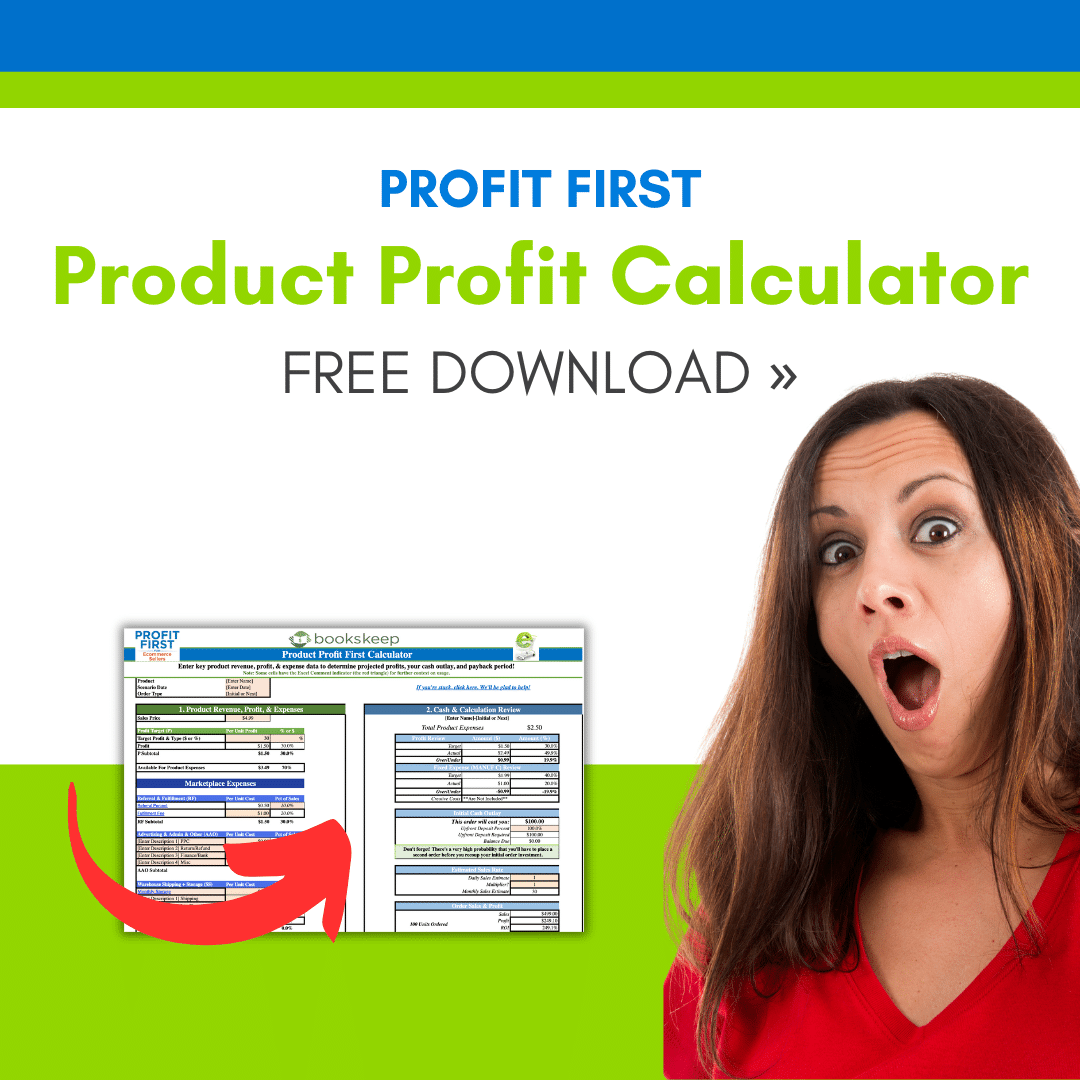
Understanding financial statements can be challenging for many ecommerce businesses. It can feel like deciphering a foreign language without proper knowledge. Often, the issue lies not in your understanding, but in the suitability of the chart of accounts used. Standard accounting software may not be the best fit for an ecommerce business.
That’s where a skilled ecommerce bookkeeper becomes invaluable. Effective communication of your financial position requires a bookkeeper fluent in ecommerce. It starts with a customized chart of accounts tailored specifically for your ecommerce operations. The choices you make in building and organizing your chart of accounts will have a profound impact on your entire business.
A Chart of Accounts is crucial for the financial organization of your business, especially when selling on Amazon. The chart of accounts will help you understand your numbers and manage your business more effectively. Let’s take a look at what makes a good chart of accounts for ecommerce businesses.
Account Overload
Don’t hesitate to deviate from the “standard” approach and group similar accounts together. For example, consider combining supplies like cleaning supplies with office supplies such as paper, ink, and staples under one joint term like “Supplies.” Having separate accounts for each type can hinder expense reporting, as you would need to manually add the numbers together to understand the total office supply expenses. Simplify your chart of accounts by combining these categories from the start to avoid unnecessary complications.
At bookskeep, we provide our ecommerce seller clients with a custom chart of accounts. These accounts are designed to capture revenue from each channel and corresponding fees. This ensures that your reporting is detailed, accurate, and empowers you to make informed financial decisions based on your numbers.
Summary Reports
With the online accounting software we have today, the opportunity to drill down on your numbers and extract data to create a report or Excel file is endless. But the greater challenge is to create concise reports that will give you summary information in a meaningful way. In my past experience in a large corporate business, we limited our chart of accounts to about 20 expense accounts on the P&L. While that seems really small, it forced us to focus on the macro information needed to run the business. If the accounting department needed to do analysis on an account, they could drill down and sort by date, vendor, payment method, etc. But the owner of the business needed only to understand the big numbers and the direction of their movement in order to manage the overall health of the business. The same is true for you. As an ecommerce seller, while you do need to have the ability to dig down and get the very bottom of all your numbers, creating summary reports will give you the information you need to gauge the health of your business and identify areas to focus on to either improve or expand.
The Right Numbers
There is no need to spend time pulling all the numbers. Focus on pulling the direct costs that relate to the product(s) you sell. Your gross margin is one of the most important numbers you should be monitoring. Be sure to have direct costs in accounts that are in the Cost of Goods section of your Profit and Loss Statement. When the numbers live in the statement, it allows your accounting systems to calculate your margin automatically. It is an incredibly important number, so we do not want any miscalculations.
Income and expenses that don’t really relate to your business should be listed in Other Income or Other Expenses. You don’t want the income or expenses factored into the analysis of the Gross Profit and Net Profit.
The Right Chart of Accounts
As long as you are clear about the information you will need at the summary level, then leaving your accounting software to run all your calculations is safe. Build your chart of accounts structure and financial reports to give you that information easily each month. The software will easily allow you to dig into the details when you need to, so try to avoid having the system generate pages of detailed information that you will then have to manipulate in order to create accurate reports. This is much more time-consuming for you, and we all know how much extra time you have on your hands!
The bottom line is that you need to create a custom ecommerce chart of accounts to properly account for every penny that you earn. To legally recognize all your revenue, you can’t just use the number that hits your bank account. Obtaining all the detail, every nickel and dime, makes all the difference, especially to the IRS. And learning the language of ecommerce can be easy if you have the right translator (aka ecommerce bookkeeper) and start with the basics of a solid, ecommerce chart of accounts.




Leave a Comment